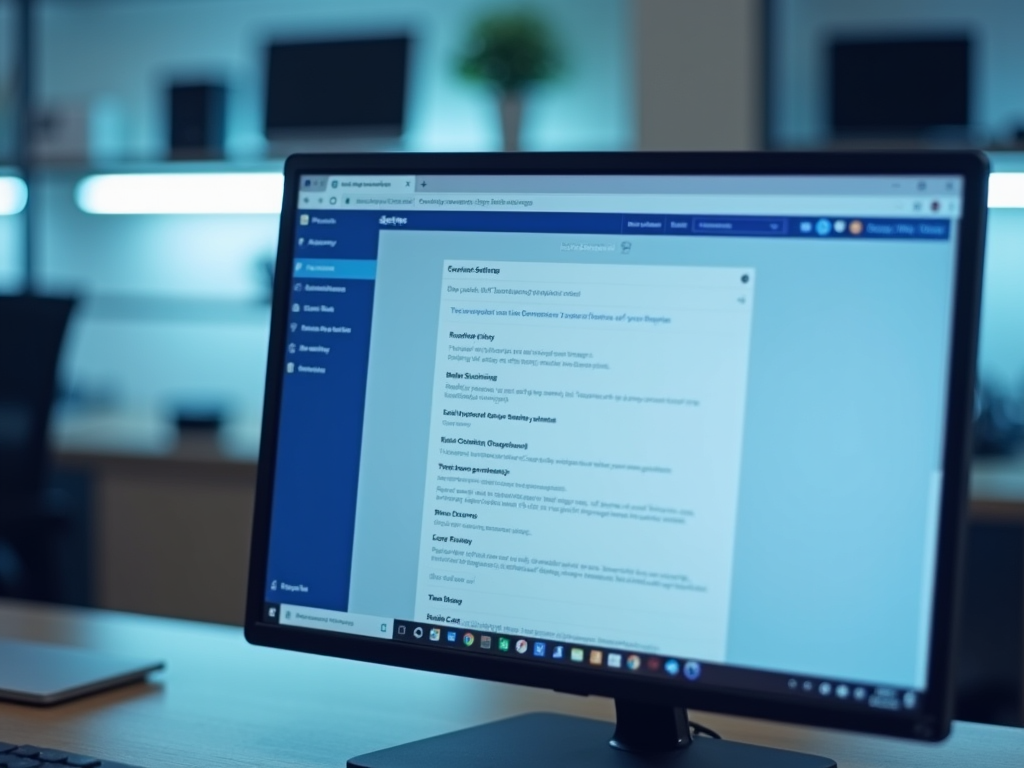In our digitally driven world, each click and keystroke generates data that can be curated and shared. It’s a fascinating technology that allows us to connect, communicate, and transact with others across the globe. However, this convenience comes at a price; our personal information is often exposed in ways we’re not aware of. If you’ve ever wondered what happens to your data once it’s out there, you’re not alone. Many people are realizing the importance of reviewing their digital footprint, thus leading them to the urgent question: how do I remove my personal information from the internet? This article will guide you through the steps necessary to reclaim your privacy and ensure your data supports rather than exposes you.
The reality is that your personal information is scattered across various platforms, from social media to data broker websites. Once you’ve identified the terrain, you can start to carve out your presence and minimize your exposure. The journey of removing your personal information can seem daunting at first, but with a systematic approach, you can take control. Below, we will explore the process step by step, rendering it manageable and straightforward.
Understanding Your Digital Footprint

Your digital footprint is a substantial marker of your online presence, made up of traces that communicate a wealth of information about who you are. This footprint comprises everything from social media profiles to shopping habits and online interactions. Understanding its components is crucial because it highlights the breadth and depth of what people can find about you online. More importantly, it empowers you to take actionable steps to diminish your footprint over time. The control you gain over your personal information can also lead to a sense of security and confidence in your online interactions.
Assessing What Personal Information Is Online

Before launching into removal, it’s vital to conduct a thorough assessment of your online life. Knowing where your information resides is the first step in this cleanup initiative. By examining different platforms and services, you can identify the sources holding your data and formulate a targeted strategy for removal. Here’s a list of common sources where your personal information may reside:
- Social media accounts (Facebook, Twitter, LinkedIn, etc.)
- Data broker websites (Spokeo, Whitepages, etc.)
- Search engines (Google, Bing, etc.)
- Public records (government databases, court records, etc.)
Understanding where your information is located empowers you to take charge and minimize exposure. You may also want to consider developing a personal inventory of accounts you own, noting which ones may contain sensitive information.
Steps to Remove Your Personal Information
Successfully removing your personal information requires a planned approach executed in several key steps. The first of these steps should involve updating your privacy settings on all active social media platforms, as most of them contain options that allow you to restrict who can view your profile and personal information. Next, it would be beneficial to assess your digital memberships and delete or deactivate accounts that you no longer use.
The following table summarizes the steps you can take to remove your personal information from various online platforms:
| Action | Description | Platform |
|---|---|---|
| Update Privacy Settings | Restrict visibility of your information | Social Media |
| Delete Old Accounts | Remove accounts no longer in use | Any Platform |
| Opt-Out from Data Brokers | Request removal of information | Data Broker Websites |
| Send Removal Requests | Contact websites to delete your info | Website Owners |
Once you’ve assessed where your data exists, act quickly. Moreover, data brokers often aggregate your information and make it accessible, so opting out from these sources is crucial. Use the following steps to begin this process:
- Research which data brokers may have your information.
- Follow their specific procedures for opting out.
- Keep a record of your requests and any confirmation emails received.
If the effort feels overwhelming, you might consider utilizing an online removal service, which can simplify the entire process. These services specialize in removing personal information from various platforms for a fee.
Regular Monitoring and Maintenance
The online realm is perpetually changing, so it’s important to establish a routine for monitoring your digital footprint. Try setting alerts for your name or other significant personal details so you’re notified if your information resurfaces on the web. Periodically conduct web searches to see what information is still publicly available. This will not only help you stay informed but also allow you to react quickly if any data appears unexpectedly.
Conclusion
To protect your privacy in an increasingly interconnected world, removing your personal information from the internet is more crucial than ever. By following the steps outlined in this article, such as updating privacy settings, deleting old accounts, opting out of data brokers, and implementing regular monitoring, you can regain control of your online presence. Maintaining your privacy is not a one-time effort but an ongoing process that requires vigilance and proactive action. Start today to take the first step toward a more secure digital life.
Frequently Asked Questions
- What types of personal information should I remove? It’s advisable to remove sensitive information such as your address, phone number, email, and financial details.
- Is it possible to remove all my information from the internet? While not all information can be completely erased, you can significantly reduce your presence and make it harder for people to find your details.
- How long does the removal process take? This varies depending on the website or data broker, but it can take anywhere from a few days to several weeks.
- Are there any free tools to help remove my info? Yes, there are some free online resources and guides that can assist you in opting out of data brokers and updating privacy settings.
- What should I do if my information is still accessible after I’ve requested removal? Follow up with the website or data broker and consider escalating your request or seeking legal advice if necessary.

